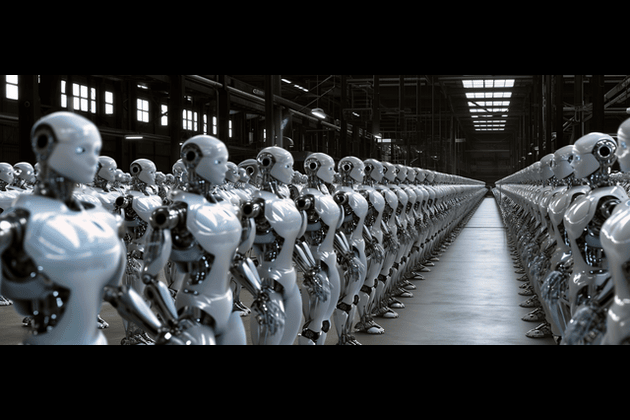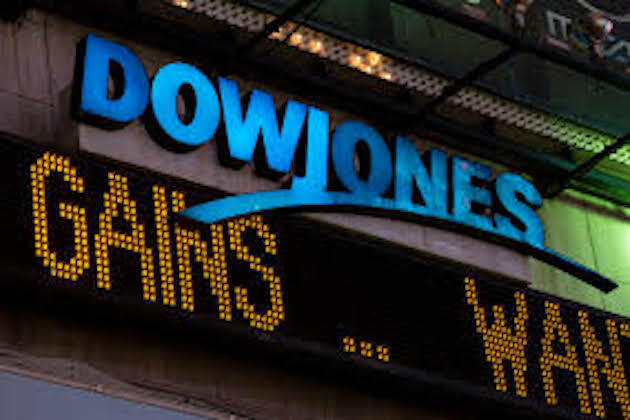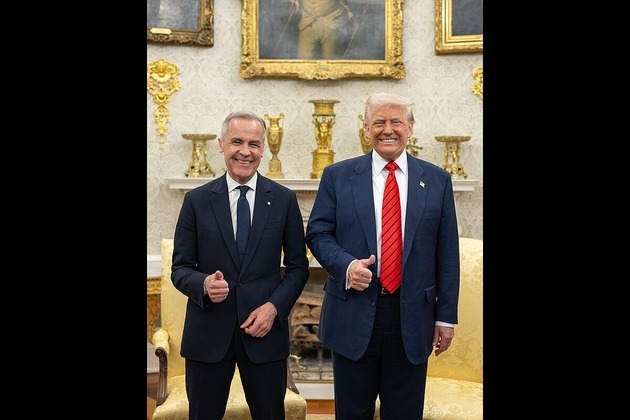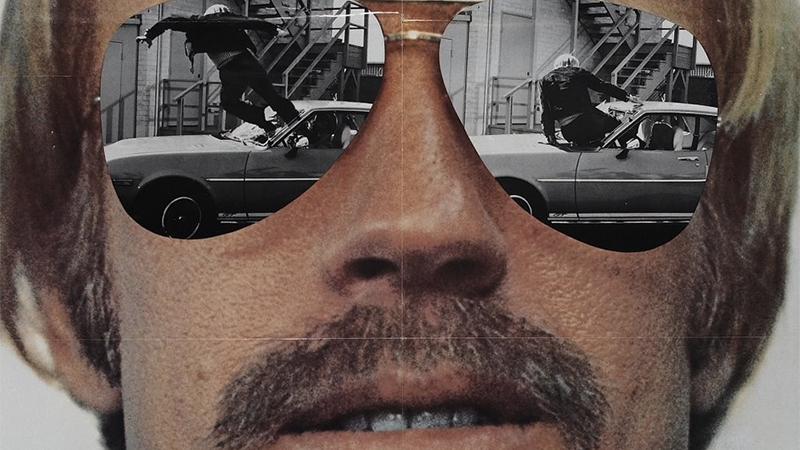Vincent van Gogh and the Colors he used: Color Symbolism
7Newswire
19 Jan 2023, 16:11 GMT+10

Vincent van Gogh's career as an artist was concise. It lasted only for ten years, from 1880 to 1890, but he created hundreds of works during this time.
Generally, art lovers know that Vincent van Gogh used color in ways that were not custom at that stage. They know he used color in all the Vincent van Gogh drawings and paintings to "tell a story." But few art lovers really appreciate what a genius Vincent van Gogh was to use color in the ways he did.
In this article, we'll give you more detail regarding Van Gogh's usage of color and how Vincent van Gogh's drawings describe emotions. We'll then discuss how art scholars later "discovered" how he used color instinctively, as only an art genius could do.
The Colors in Van Gogh's Paintings are not natural and are "unusual" for that Time
Art historians accept that Vincent van Gogh was continuously experimenting to find colors to convey the emotion he felt and the mood he wanted to capture in his paintings. This is true for all the works on the famous Van Gogh paintings list.
Thus, when looking at Van Gogh's paintings, remember that the colors used are not realistic and natural. Because Van Gogh wanted to convey specific emotions with his colors, you'll find "unusual" colors for that Time in his paintings. The "unusual" colors include yellow ocher, chrome yellow, vermilion, ultramarine (a deep blue color), lead white, and black.
Van Gogh Used Color Instinctively
It is believed that Van Gogh didn't "calculate" scientifically what to mix to get to the colors he needed or "designed" the most effective way to apply the paint on the canvas. Instead, he instinctively and inspired experimented on the canvas until satisfied.
Nowadays, art scholars and color experts can scientifically explain why and how Vincent van Gogh mixed and applied different "unusual "colors on his canvases, but you have to remember that Vincent van Gogh did it instinctively.
For Van Gogh, Color had Symbolic Value
Apart from Van Gogh's experiments with colors, he also used color symbolically. He said, for instance, that he used yellow as the symbol of the sun. That was why he used yellow in the "Sunflower" paintings. He also painted the sunflowers with almost no shadows or complementary colors. According to Van Gogh, yellow conveyed life, energy, happiness, and hope.
With his "Sunflower" series, he experimented with the shades and tints of yellow. Interestingly, it has recently been scientifically proven that the sunflower has a psychological effect and that this is one of the reasons why Van Gogh's "Sunflower" paintings seem timeless.
The "Color-development" in Van Gogh's Paintings
When Vincent van Gogh's painting career started, he usually used dark colors like most other Dutch painters of the Time. But he was never satisfied with using only "traditional" and dark colors, and although he initially painted mainly in dark colors, he started experimenting with other colors. He also read many books on color theory. And complementary colors fascinated him.
He discovered that yellow and purple, blue and orange, and red and green complemented each other, and in his later works, he started to use bright colors, including yellow, orange-red, blue, and green.
If you look at the most famous Vincent van Gogh artwork, you will see that apart from his experimentation with "lighter" colors like yellow, he still used dark colors when depressed. A good example is his painting "Shoes," In the painting, he used a lot of brown and khaki colors because he wanted to show the viewer the hard life and humility of the shoe owner.
Interestingly, a famous theory behind Van Gogh's color choices shifts to lighter, yellowish colors is that he might have suffered from xanthopsia, or "yellow vision." This is a color vision deficiency with a predominance of yellow in the vision.
Interesting Facts and Quotes about Van Gogh's use of Color
When you study Van Gogh's artwork, you find that chrome, yellow, and orange were his most common types and shades of color. His favorite was the yellow lead chromate.
He also loved to use yellow in context with its complementary color, blue. Van Gogh saw the power and the entirety of life in both colors. An outstanding example is his 1890 work "Wheat fields with crows."
Van Gogh said at a stage that there is no blue without yellow and orange. He thought of black and white also as colors. He said their simultaneous contrast is as striking as green and red. He often said that the night is more alive and richly colored than the day.
Mathematical Analyses of Van Gogh's Use of Color
When you read this section regarding the color theory and the analyses of Van Gogh's "Sunflowers" and other paintings, you have to keep in mind that Van Gogh didn't use the theory to "design" his paintings - art scholars only later "discovered" that Van Gogh's works fit into this framework. Thus, his painting "Sunflowers," for instance, was not planned according to a study. Instead, it was created instinctively by an artistic genius.
With color theory, there are mathematical relationships between colors, and colors can be broken down into three components, namely hue (the choice of color), saturation (the intensity of the color), and value (the color's lightness or darkness).
The color theory defines three primary colors - red, green, and blue. Primary colors cannot be created by mixing two other colors. Secondary colors (magenta, yellow, and cyan) are created when primary colors are mixed. These consist of magenta, yellow, and cyan. Tertiary colors are formed when you mix a primary and a secondary color. As an example, red and yellow will create orange.
The artist can create different effects and emotions when the colors on the color wheel are used "scientifically." However, as mentioned above, Van Gogh instinctively used colors and color combinations.
Conclusion
The genius artist Vincent van Gogh instinctively used color to convey emotion and movement. Art and color science scholars "discovered" later that there are mathematical and other scientific reasons why his color combinations worked so successfully for all the works on the Van Gogh paintings list. Share
Share
 Tweet
Tweet
 Share
Share
 Flip
Flip
 Email
Email
Watch latest videos
Subscribe and Follow
Get a daily dose of Hawaii Telegraph news through our daily email, its complimentary and keeps you fully up to date with world and business news as well.
News RELEASES
Publish news of your business, community or sports group, personnel appointments, major event and more by submitting a news release to Hawaii Telegraph.
More InformationInternational
SectionNative leaders, activists oppose detention site on Florida wetlands
EVERGLADES, Florida: Over the weekend, a diverse coalition of environmental activists, Native American leaders, and residents gathered...
Beijing crowds cheer AI-powered robots over real soccer players
BEIJING, China: China's national soccer team may struggle to stir excitement, but its humanoid robots are drawing cheers — and not...
COVID-19 source still unknown, says WHO panel
]LONDON, U.K.: A World Health Organization (WHO) expert group investigating the origins of the COVID-19 pandemic released its final...
Fox faces $787 million lawsuit from Newsom over Trump phone call
DOVER, Delaware: California Governor Gavin Newsom has taken legal aim at Fox News, accusing the network of deliberately distorting...
DeepSeek faces app store ban in Germany over data transfer fears
FRANKFURT, Germany: Germany has become the latest country to challenge Chinese AI firm DeepSeek over its data practices, as pressure...
Canadian option offered to Harvard graduates facing US visa issues
TORONTO, Canada: Harvard University and the University of Toronto have created a backup plan to ensure Harvard graduate students continue...
Business
SectionTech stocks slide, industrials surge on Wall Street
NEW YORK, New York - Global stock indices closed with divergent performances on Tuesday, as investors weighed corporate earnings, central...
Canada-US trade talks resume after Carney rescinds tech tax
TORONTO, Canada: Canadian Prime Minister Mark Carney announced late on June 29 that trade negotiations with the U.S. have recommenced...
Lululemon accuses Costco of selling knockoff apparel
Vancouver, Canada: A high-stakes legal showdown is brewing in the world of athleisure. Lululemon, the Canadian brand known for its...
Shell rejects claim of early merger talks with BP
LONDON, U.K.: British oil giant Shell has denied reports that it is in talks to acquire rival oil company BP. The Wall Street Journal...
Wall Street extends rally, Standard and Poor's 500 hits new high
NEW YORK, New York - U.S. stock markets closed firmly in positive territory to start the week Monday, with the S&P 500 and Dow Jones...
Canadian tax on US tech giants dropped after Trump fury
WASHINGTON, D.C.: On Friday, President Donald Trump announced that he was halting trade discussions with Canada due to its decision...













